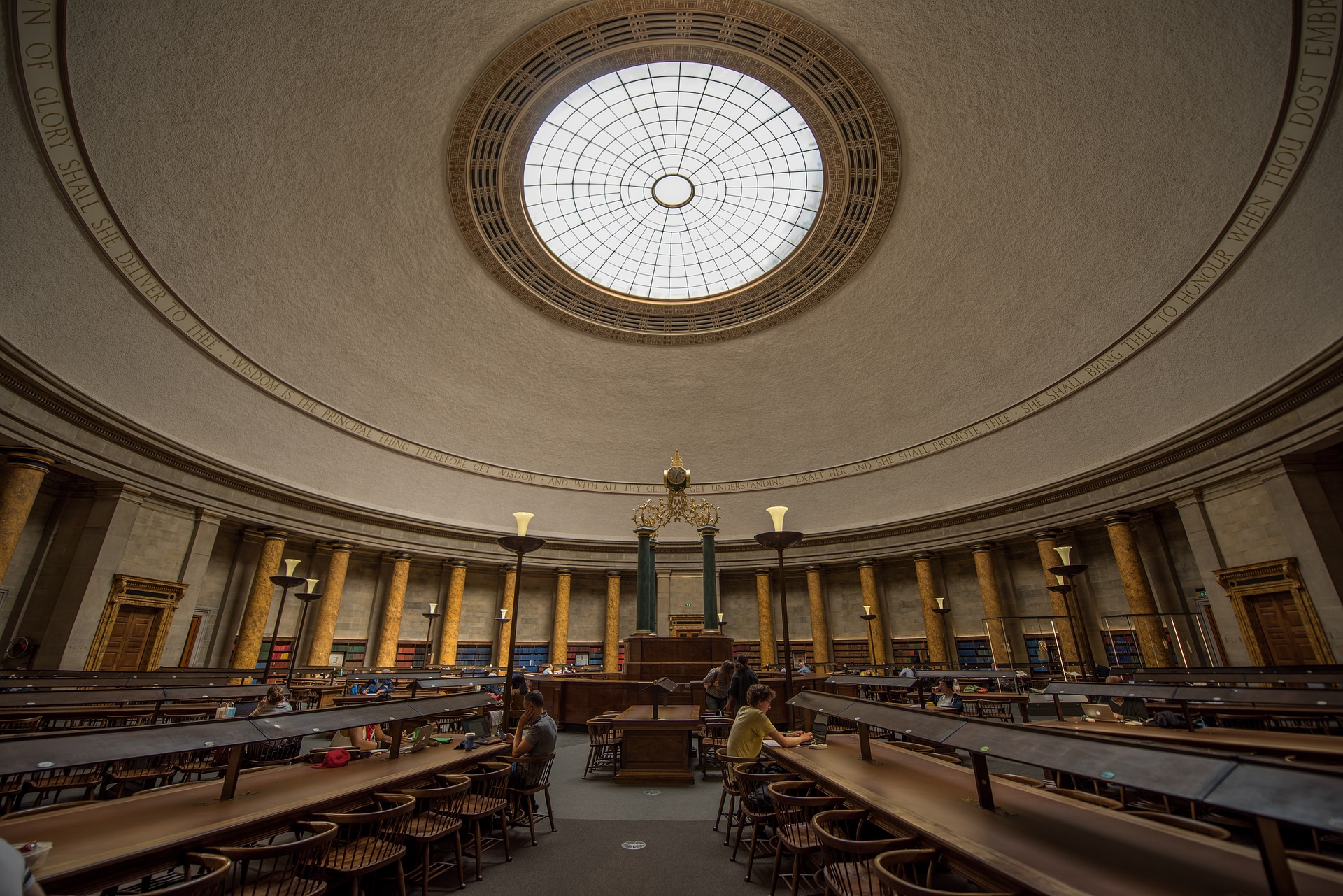Introduction
Manchester, once the epicenter of the Industrial Revolution, has evolved into a vibrant global brand known for its cultural richness, innovation, and economic vitality. This transformation has made Manchester a magnet for tenants, driving rental returns to impressive heights. The city’s culltural hub, with its diverse array of attractions, plays a pivotal role in this ongoing success.
The Rise of Manchester as a Global Brand
Manchester’s journey from an industrial powerhouse to a cultural and economic hub is a testament to its resilience and adaptability. The city’s brand is built on several key pillars:
- Historical Legacy: Manchester’s industrial heritage is a source of pride and a foundation for its modern identity.
- Cultural Renaissance: Investments in arts, music, and education have redefined the city’s image.
- Economic Diversification: A thriving economy supported by sectors such as technology, finance, and creative industries.
Manchester’s Cultural Appeal
Manchester’s cultural scene is a major draw for tenants, contributing to the city’s high rental returns. The city’s culltural institutions not only attract visitors but also enhance the quality of life for residents, making it an attractive place to live and work.
Top 10 Cultural Centres in Manchester
- The Lowry
- Description: Located in Salford Quays, The Lowry is a stunning arts centre named after the famous artist L.S. Lowry.
- Attractions: Hosts a variety of performances, from theatre to dance, and houses an extensive collection of Lowry’s works.
- Impact: Attracts over 850,000 visitors annually.
- Manchester Art Gallery
- Description
: Home to an impressive collection of art, ranging from classical to contemporary.
- Attractions: Regular exhibitions, educational programs, and community events.
- Impact: Welcomes approximately 500,000 visitors each year.
- Description
- The Whitworth
- Description
: An art gallery set within Whitworth Park, part of the University of Manchester.
- Attractions: Known for its innovative exhibitions and integration of art with nature.
- Impact: Draws around 200,000 visitors annually.
- Description
- HOME Manchester
- Description: A centre for international contemporary art, theatre, and film.
- Attractions: Offers a diverse program that includes independent films, theatre productions, and art exhibitions.
- Impact: Attracts over 800,000 visitors each year.
- The Manchester Museum
- Description: A museum that showcases natural history, archaeology, and anthropology.
- Attractions: Extensive collections, interactive exhibits, and educational programs.
- Impact: Receives around 450,000 visitors annually.
- Science and Industry Museum
- Description: Located on the site of the world’s oldest surviving passenger railway station.
- Attractions: Exhibits on Manchester’s industrial past, scientific achievements, and technological innovations.
- Impact: Welcomes approximately 700,000 visitors each year.
- Manchester Central Library
- Description: An iconic building and a hub for literature and learning.
- Attractions: Extensive collections, reading rooms, and community events.
- Impact: Attracts over 1 million visitors annually.
- Royal Exchange Theatre
- Description: A renowned theatre housed in a historic building.
- Attractions: Hosts a variety of performances, from classic plays to contemporary productions.
- Impact: Draws around 250,000 visitors each year.
- Manchester Opera House
- Description: A historic theatre that has been part of Manchester’s culltural scene since 1912.
- Attractions: Hosts a range of performances, including musicals, concerts, and plays.
- Impact: Attracts approximately 300,000 visitors annually.
- The Quays
- Description: Home to MediaCityUK, the largest media hub in Europe, and cultural attractions like The Lowry and IWM North.
- Attractions: A blend of media, arts, and history.
- Impact: The area attracts millions of visitors each year.
How Cultural Appeal Drives Rental Demand
Manchester’s culltural vibrancy significantly boosts its appeal to tenants. The influx of students, professionals, and businesses drawn by the city’s cultural offerings has led to a surge in rental demand. This demand is reflected in the rising rental prices.
- Rental Increase Statistics: In 2022, the average rent in Manchester was £1,004. By 2023, this had risen to £1,128, marking a 12.4% increase. The trend continued into 2024, with average rents reaching £1,241, an annual increase of 12.5% from £1,103 in July 2023.
Manchester’s transformation into a cultural hub has solidified its status as a global brand. The city’s commitment to arts, education, and innovation continues to attract tenants and visitors, ensuring its place as a dynamic and thriving metropolis and attractive opportunity for buy to let property investors. The high rental returns are a testament to the city’s enduring appeal and vibrant cultural scene.






